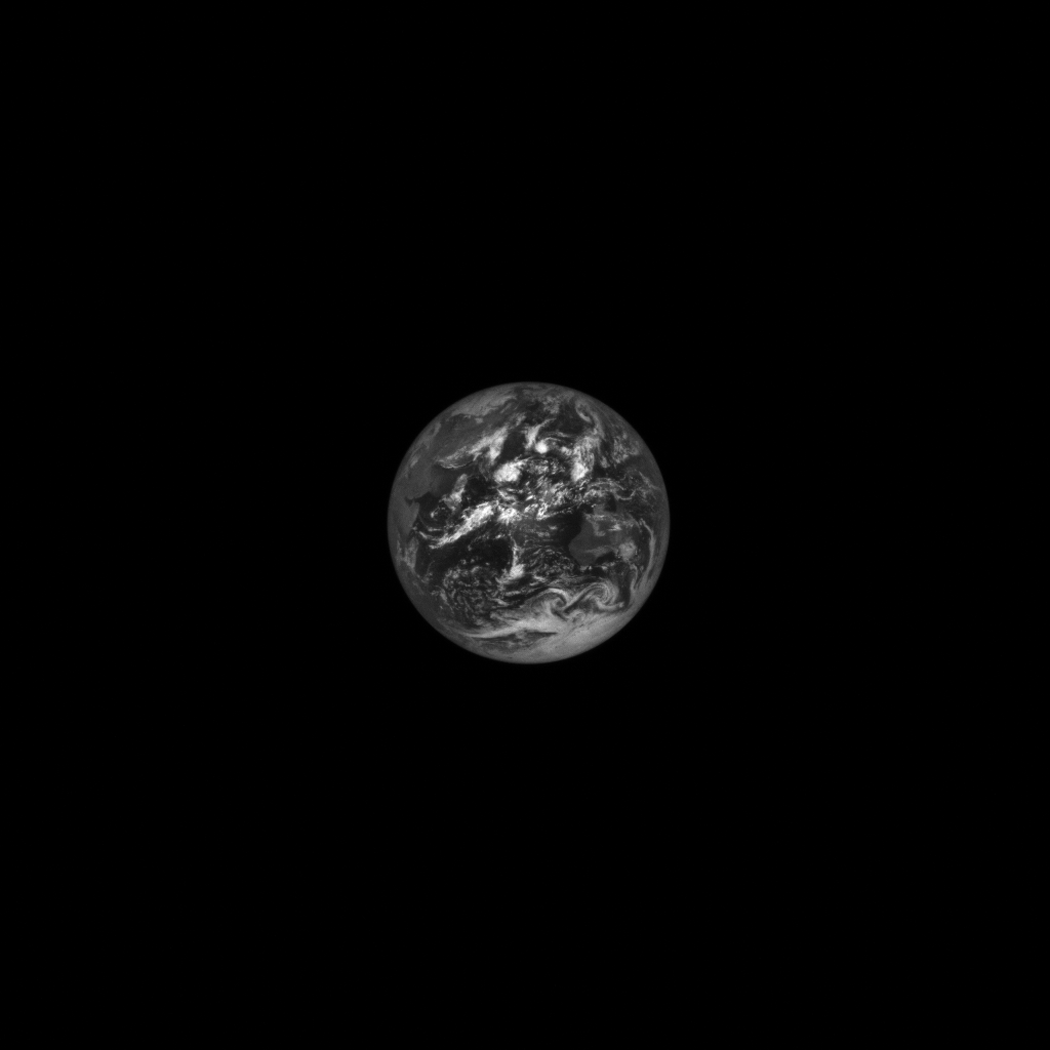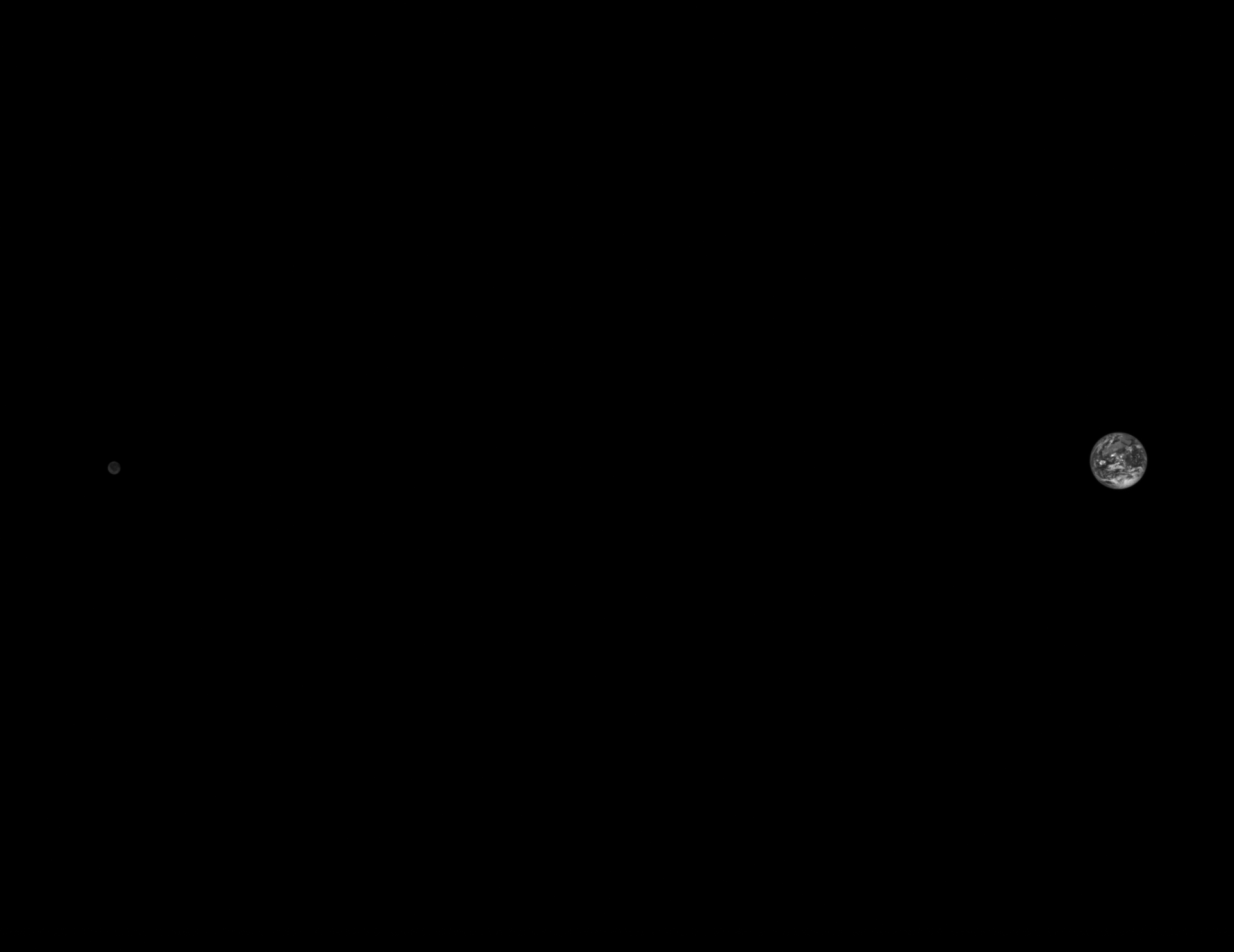Lucy is on a mission to travel to the ancient Trojan asteroids of Jupiter. The spacecraft will take some time to reach its destination. Last week, Lucy flew past Earth at an altitude of 354 km to get additional gravitational acceleration. During its approach, the probe made several heartwarming landscapes of its home planet. NASA released the images on October 25, and they serve as a reminder of how lonely our Earth is.

The black-and-white image was captured by the probe on October 15 and shows our “white marble” with spotted clouds on a dark background of space. Lucy took this image from a distance of 620 thousand kilometers. “The upper left corner of the image includes a view of Hadar, Ethiopia, where the 3.2 million-year-old human ancestral fossils are located, after which the spacecraft is named,” NASA said in a statement.
The T2CAM terminal tracking camera system on board the device took an image of the Earth during calibration of the device. The final goal of the camera system will be to help the spacecraft track the asteroids it visits.
NASA also released a second image showing the Earth and Moon as seen by Lucy on October 13 at a distance of 1.4 million kilometers. Our planet and the Moon look small, but you can notice the huge distance between them, which is about 380 thousand kilometers.

The images were taken at a crucial moment in Lucy’s journey as it was heading towards Earth for the first of three planned gravity aids. “These overflights of the Earth provide Lucy with the speed necessary to reach Trojan asteroids — small bodies orbiting the Sun at the same distance as Jupiter,” NASA reported.
The set of kinetic energy by three gravitational accelerations will last a long time. The probe was launched at the end of 2021, and its main mission would last 12 years. NASA compares asteroids to fossils that will offer scientists a way to study the formation of the Solar System.
Earlier we reported on how the NASA probe recorded a lunar eclipse from a distance of 100 million km.
According to NASA
Follow us on Twitter to get the most interesting space news in time
https://twitter.com/ust_magazine
